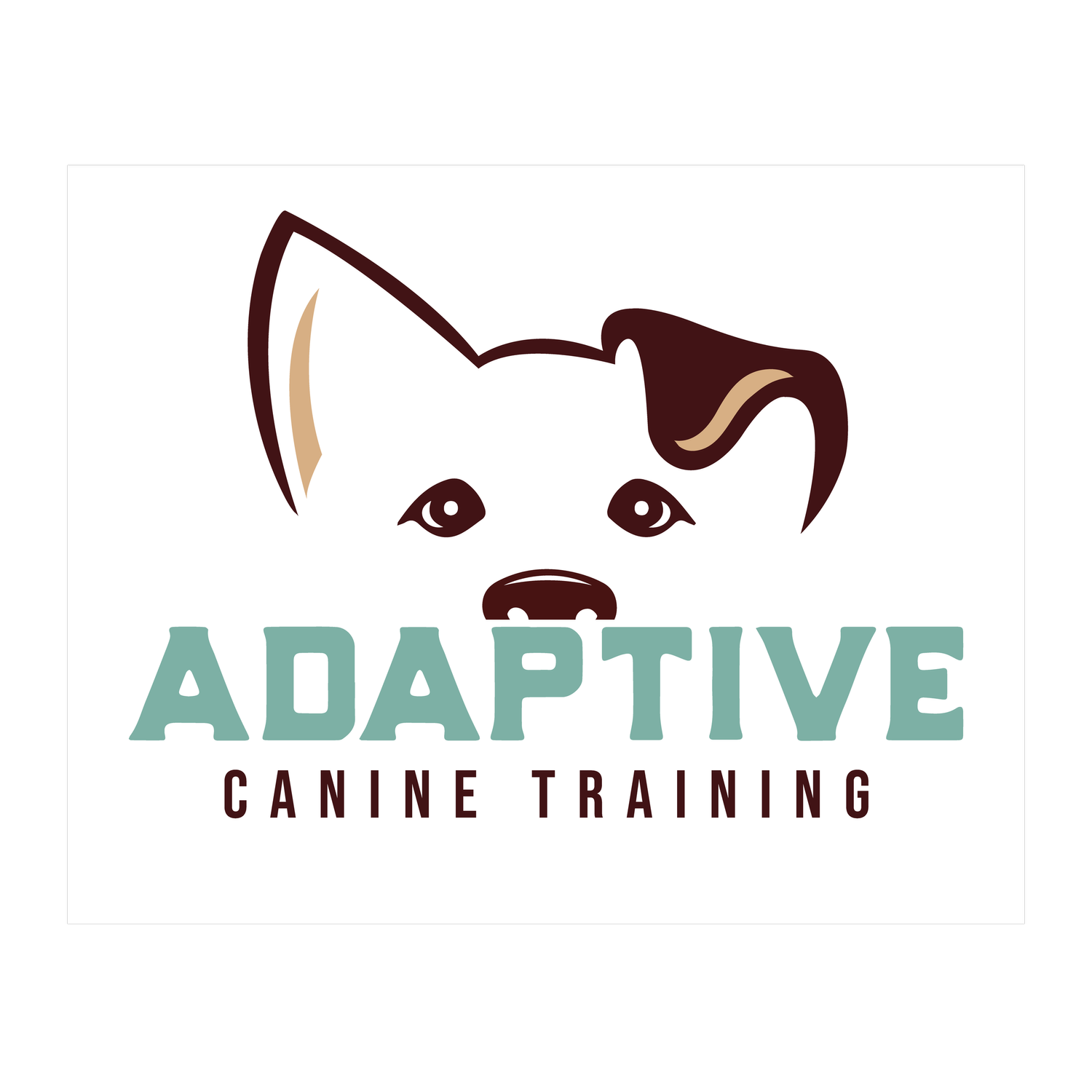Bite Training Basics: Building Boundaries with Your Pup
At Adaptive Canine Training, we understand that biting is one of the most common (and frustrating) behaviors puppy owners face. Whether it's a sharp nip during playtime or repeated mouthing throughout the day, addressing bite behavior early is essential for a well-mannered, safe, and happy dog. But here’s the truth: bite training isn’t just about the dog…it’s about guiding the owner, too!
Biting is a normal part of puppy development. Just like toddlers put everything in their mouths, puppies explore their world through teeth. But left unchecked, this behavior can become problematic, uncomfortable, and even dangerous as your dog grows. That’s why our approach focuses not only on correcting the behavior but also on teaching humans how to respond calmly and consistently.
Step One: Don’t React — Stay Neutral
Your puppy may bite for several reasons: curiosity, overstimulation, teething, or most often, attention-seeking. One of the most effective first steps is to simply not engage. Like a child testing boundaries, some pups will cycle through behaviors to get a reaction. By removing your attention, you take away the reward.
This means: no yelling, no pushing, no eye contact. Just calmly remove your hand, turn away, and pause. Many dogs will stop after a few attempts once they realize biting doesn’t get them what they want.
Step Two: Try the Lip-Tuck Reflex
If ignoring doesn’t deter the biting, you can try a physical redirection that taps into a dog’s somatic (body-based) reflex. Gently tuck the dog’s own lip under their tooth so that when they bite, they feel a small amount of discomfort. This isn’t meant to hurt your dog. It’s simply a way to introduce a natural consequence: “When I bite, it doesn’t feel good.”
This method can be especially effective with persistent biters, but like all techniques, timing and consistency are key.
Step Three: Ignore, Redirect, and Apply Corrective Pressure
Once a dog understands that biting doesn't earn attention, we can build on that foundation by showing them what to do instead.
-Ignore the bite when safe to do so.
-Redirect your dog’s attention to a chew toy, tug rope, or obedience command (like “sit” or “place”).
If the behavior continues, corrective pressure can be applied using a calm, assertive tone, leash pressure, or body blocking to establish boundaries.
The goal isn’t to punish but to guide. Your dog is learning what behavior earns connection and what behavior ends the fun!
When You Work With Us, We Train You, Too
Every dog we train is part of a team, and that team includes you! Our bite training process doesn’t stop at the kennel door. We coach dog owners on how to recognize patterns, stay consistent at home, and feel confident in their leadership. It’s not just about behavior correction. It’s about strengthening communication and trust between you and your dog.
At Adaptive Canine Training, we’re here to support your dog’s growth at every stage. Whether you're just starting with a puppy or working through some lingering behaviors, we’ll help you create a solid foundation of respect, understanding, and control.
Ready to take the bite out of your pup’s bad habits?
Let’s work together to build a calm, well-mannered companion, and help you become the kind of leader your dog looks up to.



